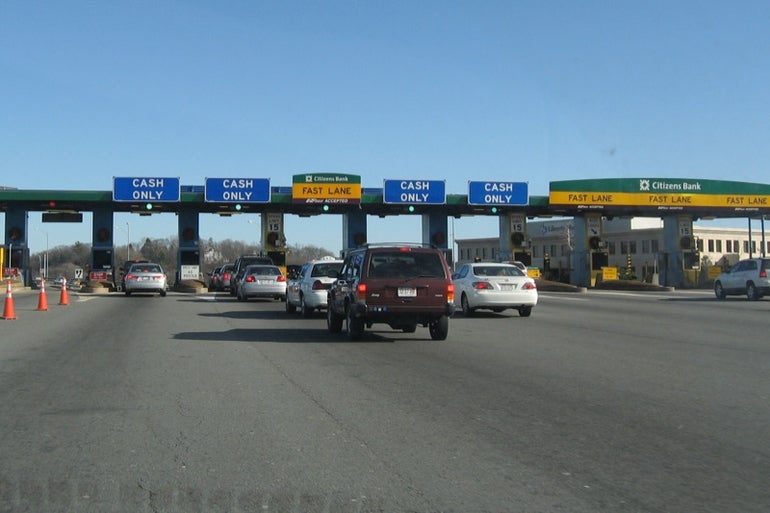Massachusetts is a leader in the nation in utilizing new technology to improve the lives of residents, visitors and members of the business community, and the Massachusetts Department of Transportation (MassDOT) is proud to be part of this effort.
Just as Worcester has evolved from a city with a manufacturing base to a city becoming known for biotech and information technology, so too is our transportation system evolving; and Worcester County residents need look no further than just down the road to see modernizations taking place with highway infrastructure.
The project to install All Electronic Tolling (AET) on I-90 from the New York border to Boston, the Tobin Bridge, Sumner/Callahan tunnels and Ted Williams tunnel is fully underway. This new tolling system will make travel safer, more efficient and reduce pollution. AETs are scheduled to be operational by the end of the year, and then Massachusetts will join 12 other states with having this convenient technology in place.
AET transactions will be processed either through E-ZPass or an invoice based on the license plate. Each time a vehicle drives under one of the new overhead gantries, the system will search for an E-ZPass transponder. If an E-ZPass is found, the system classifies the vehicle and charges the appropriate amount to the customer’s account. If no E-ZPass is found, a camera captures an image of the license plate. The license plate is either matched with the customer’s existing E-ZPass account or a bill is mailed to the address of the vehicle registration holder.
By eliminating the need to stop at a toll booth and pay a toll collector or reduce speed significantly to slow down and travel through a booth opening, congestion will be reduced, and there is reduced danger of rear collisions or side-swipe crashes as drivers navigate to the appropriate payment lanes. Motorists can drive at the posted travel speed right on through and below all the overhead gantries. This technology is expected to save between 500 and 2,500 gallons of gasoline per day, or 200,000 to 875,000 gallons annually.
This efficiency brings other, indirect benefits to the entire commonwealth. The reduction in gasoline usage is expected to lower greenhouse gas emissions by up to 7,800 tons per year. Using less gas and spending less time on the road is good for both businesses and commuters.
At the end of the year, we will have 16 gantry locations on I-90, replacing the current 25 tolling locations. AET will be revenue neutral. As Transportation Secretary and CEO Stephanie Pollack has stressed, we will have to set new rates because of the 16 gantry locations, but a driver traveling the length of I-90 will pay the rate as that driver pays now.
We have already issued a request for proposals to help us with the process of setting prices for getting on and getting off I-90 at various exits. A selection committee will soon evaluate the responses to the RFP and choose the traffic and revenue consultant to assist us with pricing issues. In addition, Secretary Pollack will appoint a taxpayer advocate.
We live at an exciting time for advances in the transportation sector, with improved safety features in vehicles, real-time data digital boards along roadways, and better-fabricated materials for use with road and bridge projects. Now we look forward to continue our efforts to use new technology and best practices to enhance the safety and quality of life for all members of the public.
Thomas Tinlin is the highway administrator for the Massachusetts Department of Transportation.

